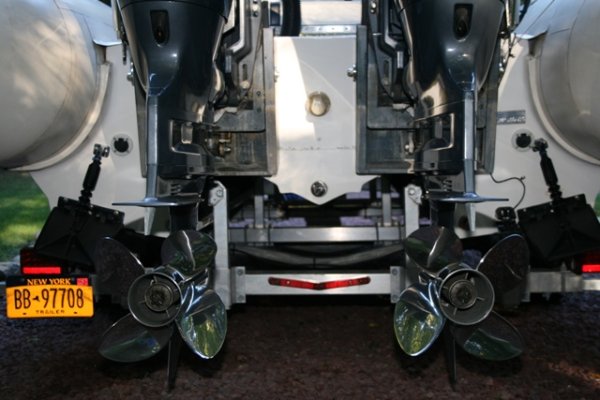k9medic
Senior Member
I'm finishing up a rebuild on a 16' Wahoo side console boat that I intend on dragging behind out bigger boat when we go to the Abacos next year.
My current plan is to get used to towing it behind the boat between now and July when we cross over.
I don't want to sound cheap but I am looking to track down what would be the most reasonably prices tow rope to use.
My thoughts were to make a bridle out of a 3/4" nylon rope and then use another 3/4" or 5/8" section that is about 50-75' long.
I'm looking at using poly rope for the longer section since it's bright and floats.
Any thoughts?
My current plan is to get used to towing it behind the boat between now and July when we cross over.
I don't want to sound cheap but I am looking to track down what would be the most reasonably prices tow rope to use.
My thoughts were to make a bridle out of a 3/4" nylon rope and then use another 3/4" or 5/8" section that is about 50-75' long.
I'm looking at using poly rope for the longer section since it's bright and floats.
Any thoughts?


